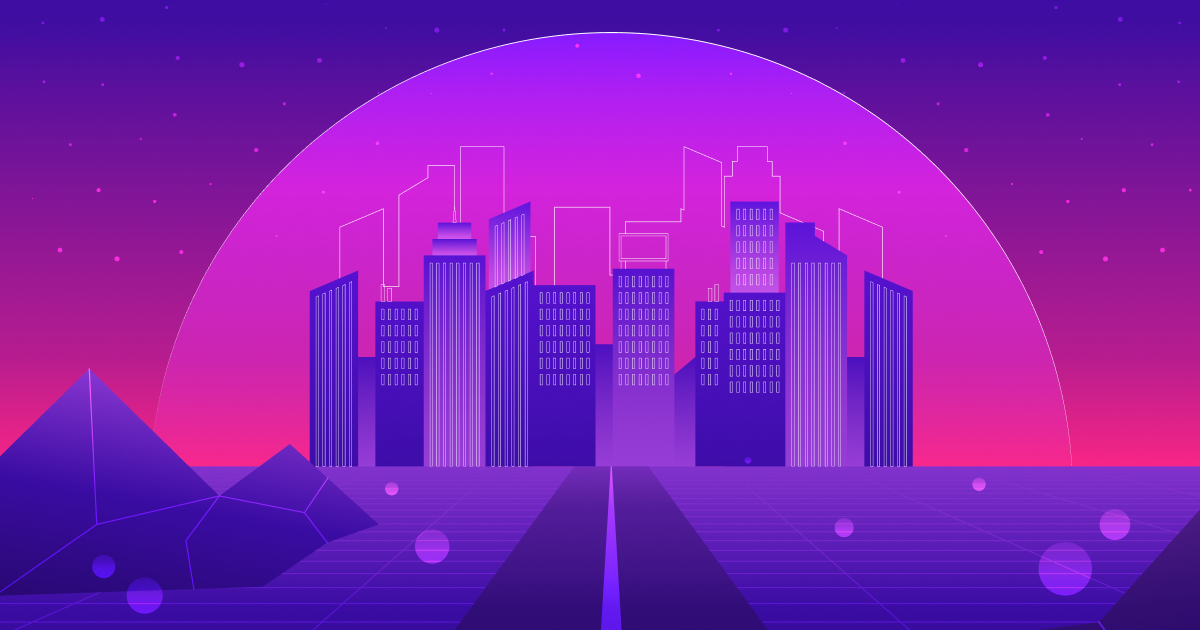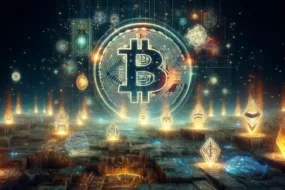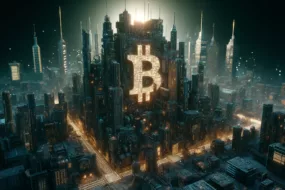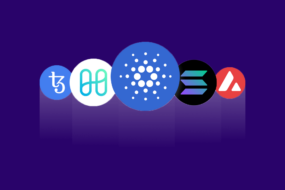
Cryptocurrency is changing fast, and one major shift is the tokenization of Real World Assets (RWA).
These are assets, physical or otherwise, that exist off the blockchain but are represented on it via digital tokens. The RWA tokenization market, poised to reach a staggering $16 trillion by 2030, offers the potential to increase liquidity for traditionally less liquid assets and streamline transactions, bringing increased efficiency to various markets.
In this article, we’ll cover what RWA and tokenization are all about and why they’re becoming such a big deal in the crypto realm.
What are Real World Assets (RWA)?
Real World Assets (RWA) are tangible or intangible assets that exist outside the blockchain network. These assets can include real estate, commodities, stocks, bonds, and other financial instruments. RWA can be represented on the blockchain network using digital tokens, making it easier to buy, sell, and trade them.
“The next generation for markets, the next generation for securities, will be the tokenization of securities”
Larry Fink, BlackRock CEO
For instance, in the traditional real estate market, investing in large commercial properties can be out of reach for many individuals. However, REITs (Real Estate Investment Trusts) like Embassy REIT, a leading player in the Indian office space, allow investors to acquire fractions of these properties through tokenization, increasing accessibility and liquidity in the real estate market.
What is the Tokenization of RWA?
Tokenization is the process of converting RWA into digital tokens that can be traded on the blockchain network. This process involves dividing the asset into smaller units, each of which is represented by a digital token. Tokenization makes it easier to buy, sell, and trade RWA, as it allows for fractional ownership and reduces the need for intermediaries.
P:s – Find the list of Top Real World Assets Tokens by Market Capitalization
Why is Tokenization the Next Big Thing in Crypto?
Tokenization has the potential to revolutionize the way we trade RWA. Here are some reasons why it is the next big thing in crypto:
- Fractional Ownership: Tokenization allows for fractional ownership of RWA, which means that investors can buy a small percentage of an asset rather than the entire asset. This makes it easier for investors to diversify their portfolios and reduces the barriers to entry for investing in high-value assets.
- Increased Liquidity: Tokenization increases RWA’s liquidity, as it makes it easier to buy and sell assets. This can lead to more efficient markets and lower transaction costs.
- Reduced Intermediaries: Tokenization reduces the need for intermediaries, such as banks and brokers, in the trading of RWA. This can lead to lower transaction costs and faster settlement times.
- Improved Access to Capital: Tokenization can improve access to capital for small and medium-sized enterprises (SMEs) by making it easier for them to raise capital through the issuance of tokens.
- Increased Transparency: Tokenization can increase transparency in the trading of RWA by providing a transparent and immutable record of ownership and transactions.
- Global Access: Tokenization can provide global access to RWA, making it easier for investors from around the world to invest in assets that were previously inaccessible due to geographical or regulatory restrictions.
- Improved Security: Tokenization can improve the security of RWA by reducing the risk of fraud and counterfeiting.
- Automated Compliance: Tokenization can automate compliance with regulatory requirements, reducing the burden on issuers and investors.
Real-World Examples of Tokenization
Tokenization is already being used in the real world to trade RWA. Here are some examples:
- Real Estate: Real estate tokenization platforms, such as RealT and Harbor, allow investors to buy and sell fractional ownership of real estate properties.
- Art: Tokenization platforms, such as Maecenas and Artory, allow investors to buy and sell fractional ownership of artworks.
- Commodities: Tokenization platforms, such as Tradewind Markets and Vakt, allow investors to buy and sell fractional ownership of commodities, such as gold and oil.
- Stocks: Tokenization platforms, such as Securitize and Polymath, allow companies to issue and trade tokenized stocks.
Top Trending RWA Crypto Tokens to Consider
The Real World Assets (RWA) market has been experiencing significant growth, with a market cap of $8.03 billion as of the current date. RWA tokens represent real-world assets, such as commodities, real estate, and art, on a blockchain, enabling fractional ownership and making high-value assets more accessible. Here are the most trending RWA Crypto tokens to consider:
1. Ondo Finance (ONDO)
Ondo Finance is a decentralized platform that offers tokenization of real-world assets (RWA) on the blockchain, enhancing liquidity, transparency, and accessibility. By tokenizing RWA, Ondo Finance enables fractional ownership and makes high-value assets more accessible to a broader range of investors.
2. Mantra (OM)
Mantra is a decentralized platform that provides a secure and compliant environment for real-world asset tokenization. Its focus on security and compliance makes it an attractive option for investors looking for a reliable and safe way to invest in RWA.
3. Reserve Rights (RSR)
Reserve Rights is a dual-token system designed to facilitate the tokenization of RWA and stabilize the value of the Reserve stablecoin. By tokenizing RWA, Reserve Rights enables fractional ownership and makes high-value assets more accessible to a broader range of investors.
4. Chromia (CHR)
Chromia is a blockchain platform that supports the creation of decentralized applications, including those for real-world asset tokenization. Chromia’s unique architecture allows for faster and more secure transactions, making it an attractive option for developers and investors alike.
5. Pendle (PENDLE)
Pendle is a protocol that enables the tokenization and trading of future yield. With the creation of a novel AMM that supports assets with time decay, Pendle gives users more control over future yield by providing optionality and opportunities for its utilization.
Managing Risks in RWA Tokenization
When dealing with tokenized RWAs, it’s essential to address several risks. These include ensuring the secure custody of physical assets and maintaining a reliable connection to external systems. Moreover, there’s the potential for smart contract flaws and security vulnerabilities. Lastly, simply issuing an asset isn’t sufficient; there must also be robust market liquidity and demand for it to succeed.
Tokenization represents a paradigm shift in the investment landscape. By democratizing access to previously exclusive assets and streamlining processes, it empowers individual investors and unlocks new avenues for asset owners. Tokenization has the potential to revolutionize the way we trade RWA by increasing liquidity, reducing intermediaries, improving access to capital, increasing transparency, providing global access, improving security, and automating compliance. As the crypto world continues to evolve, we can expect to see more RWA being tokenized and traded on the blockchain network.




